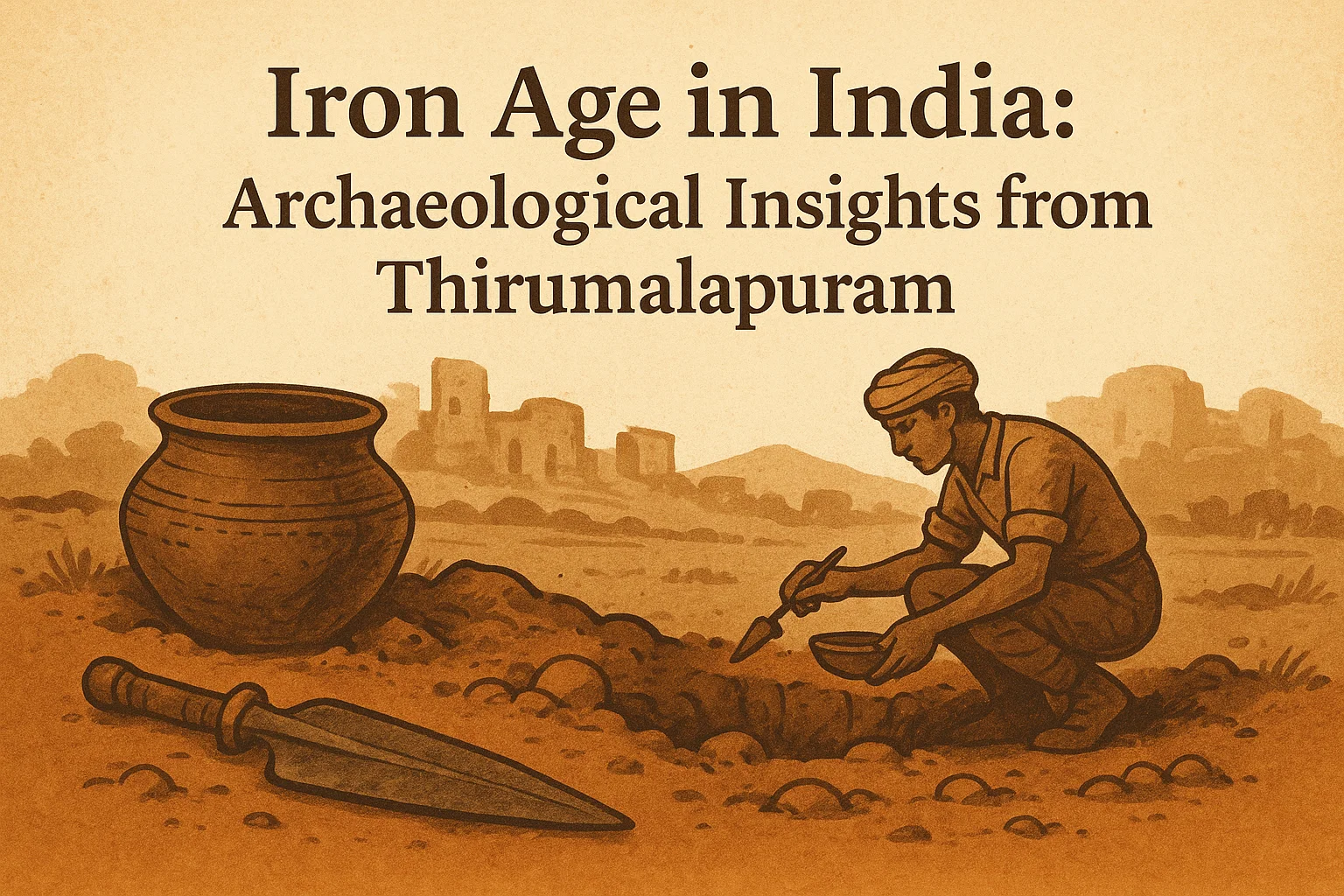Centre May Expand Rare Disease Care Network
Context:
The Union Ministry of Health and Family Welfare is considering expanding the network of Centres of Excellence (CoEs) for rare diseases in India. Discussions are underway to add two to three new centres to the existing 12 CoEs under the National Policy for Rare Diseases (NPRD), 2021.
Objectives of the Above Step:
This move is aimed at improving access to diagnosis and treatment for patients suffering from rare diseases. The expansion would address the growing needs of rare disease patients and ensure a more comprehensive care network.
About Rare Diseases:
- Definition and Prevalence
- Rare diseases, as defined by the World Health Organisation (WHO), are conditions that affect fewer than 10 people per 10,000 individuals. In India, while complete epidemiological data is lacking, the National Policy for Rare Diseases (NPRD) has identified 63 rare diseases categorised by their treatment needs. These diseases include genetic disorders and other rare chronic conditions that often require specialised care.
- Challenges Faced by Rare Disease Patients:
- Due to their low prevalence, rare diseases often face challenges such as:
- Difficulty in early diagnosis
- Limited availability of treatments
- Limited access to specialised medical care
About Centres of Excellence (CoEs) under NPRD 2021:
- Purpose and Role
- The Centres of Excellence (CoEs) for rare diseases are specialised healthcare facilities designed to offer diagnosis, treatment, and management of rare diseases. Under the NPRD 2021, 12 CoEs were initially established across India to address the medical needs of rare disease patients. These centres play a vital role in improving access to high-quality care for individuals suffering from rare conditions.
- Collaboration with Health Schemes
- CoEs collaborate with the government’s health schemes to ensure that patients receive the necessary diagnosis and treatment, which are often limited due to the complex nature of rare diseases.
About NPRD 2021:
- Introduction and Objective
- The National Policy for Rare Diseases (NPRD), 2021, was introduced by the Indian government to improve the quality of life for patients suffering from rare diseases. The policy aims to provide comprehensive care by focusing on diagnosis, treatment, and management of rare diseases through a network of Centres of Excellence (CoEs).
- Key Goals of NPRD
- To reduce the financial burden on rare disease patients by providing financial assistance for treatment.
- To support 2,420 patients from six categories under the policy.
- Despite these efforts, challenges remain in providing adequate and sustained support, especially for long-term treatment.
Financial Assistance for CoEs under NPRD:
Financial Allocation Over the Years
The government has progressively increased the financial allocation for Centres of Excellence under the NPRD to support the treatment of rare diseases:
- FY22: ₹3.15 crore
- FY23: ₹34.99 crore
- FY24: ₹74 crore
- FY25: ₹82.4 crore
Issues with Financial Allocation
While the financial allocation has improved, several issues persist:
- Delays in approvals
- Lack of effective fund utilisation
- Absence of a sustainable funding mechanism for chronic conditions
For example, the one-time financial aid of ₹250 lakh provided for conditions like Lysosomal Storage Disorders (LSDs) has been exhausted, leaving many patients without ongoing support.
Issues Faced by CoEs under NPRD: The Case of LSD:
- Lysosomal Storage Disorders (LSDs): Lysosomal Storage Disorders (LSDs), such as Pompe disease, Anderson-Fabry disease, and Mucopolysaccharidosis types I and II, affect around 454 patients in India. These patients require immediate, life-saving therapy, often involving costly treatments.
- Funding Challenges: After exhausting the initial one-time financial assistance, many LSD patients face deteriorating health due to a lack of consistent financial support. This highlights the critical issue of sustaining funding for chronic conditions.
- Advocacy for Centralised, Long-term Funding: Advocacy groups have emphasised the need for a centralised, long-term funding model that ensures continuous treatment for such conditions, preventing interrupted care and worsening health outcomes.
Way Forward:
- Sustainable Funding Model: There is an urgent need for a long-term and sustainable funding mechanism for chronic conditions like LSDs. A centralised funding structure, ensuring ongoing financial support for patients, is essential to prevent treatment delays and health deterioration.
- Improved Accountability in Fund Utilisation: To ensure effective utilisation of allocated funds, it is crucial to monitor fund distribution closely. Delays in approvals and improper management must be addressed to provide timely treatment to patients.
- Expansion of CoEs: Expanding the network of Centres of Excellence, with the addition of two to three new centres, is a step toward improving access to rare disease care. This expansion will ensure that more patients across the country benefit from specialised treatment.
- Legislative Support: Stronger legislative efforts are required to prioritise the treatment of rare diseases. The government must address inequalities in funding allocation and ensure equal attention is given to all rare diseases, not just those with a larger patient base.
- Patient Advocacy and Awareness: Advocacy groups play a critical role in raising awareness about the challenges faced by rare disease patients. Continued efforts are needed to bring these issues to the forefront and push for further government action.


